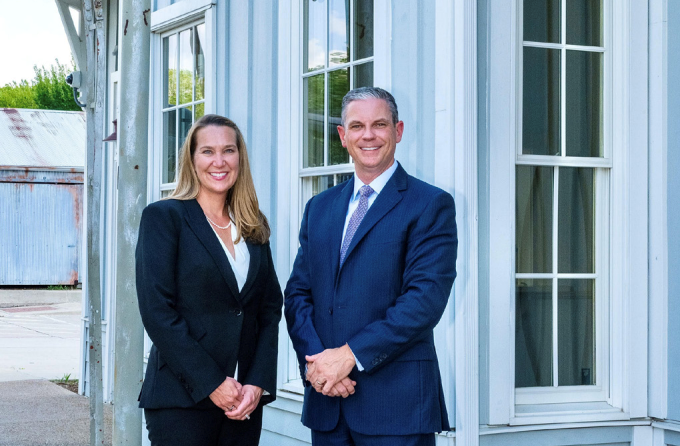The school year is now more than halfway over, and if you have young children, you’re one year closer to the day when they may be headed off to college. When that day arrives, will you be financially prepared?
College isn’t cheap. For the 2023–24 academic year, the average cost — including tuition, fees, housing, food, books, transportation and other expenses — was nearly $29,000 for in-state students at four-year public colleges and universities, and about $60,000 for private schools, according to the College Board. Most students do get some type of financial aid or scholarships or both, but even the “net” price of college can be considerable. So, it’s a good idea to begin a savings program as early as you can.
One popular way to build money for college expenses is through a 529 education savings plan. When you invest in a 529 plan, your earnings can grow tax-deferred and your withdrawals are federally tax-free when used for qualified education expenses — tuition, fees, books and so on. And while you can invest in any state’s 529 plan, you might be able to deduct your contributions from your state income tax or receive a state tax credit if you invest in your own state’s plan.
Despite these tax benefits, some people are concerned that a 529 plan can prove costly in terms of lost financial aid. And the value of a 529 plan is looked at as an investment asset on the Free Application for Federal Student Aid (FAFSA). However, recent changes to FAFSA may mean that a 529 plan has a relatively small effect on the amount of aid you may receive.
A 529 plan also can be used to pay for other costs
- K-12 expenses –You can use a 529 plan to pay K-12 expenses, up to $10,000 per student per year. Not all states comply with this 529 expansion for K-12, so you might not be able to claim deductions and your withdrawals could be subject to state tax penalties.
- Apprenticeship programs – A 529 plan can be used to pay for most expenses connected to apprenticeship programs registered with the U.S. Department of Labor. These programs are often available at community colleges and combine classroom education with on-the-job training.
- Student loans – You can withdraw funds from a 529 plan to repay qualified federal private and student loans, up to $10,000 for each 529 plan beneficiary and another $10,000 for each of the beneficiary’s siblings.
Another potential advantage of a 529 plan is its transferability
If you’ve named a child as a 529 plan beneficiary, and that child eventually chooses not to pursue any post-secondary education, you have options:
- As the account owner, you can name another family member as beneficiary.
- With the passage of the SECURE 2.0 Act, any unused 529 plan funds up to a lifetime limit of $35,000 can be transferred to a Roth IRA for a beneficiary, free of taxes and penalties. There are certain rules governing this 529-to-Roth move — for example, you must have had your 529 plan for at least 15 years — so you’ll want to consult with your tax advisor before making any moves in this area.
If you’d like to invest in your children’s future education, a 529 plan can be a good choice — please reach out if you have any questions.
Kevin Rackers
CFP®, ChFC®, CLU®
FINANCIAL ADVISOR

A Plano native and financial advisor in Frisco, Kevin Rackers is an active member of the Frisco Chamber of Commerce as a current Ambassador and Leadership Class 26 graduate, he is also the treasurer and a board member of Frisco FastPacs, and a member of Hope Fellowship Church, the Dallas Estate Planning council and the Texas Tech Alumni Association.
An industry veteran and Certified Financial Planner professional for over 23 years, Kevin has past experience assisting financial advisors and their clients, along with their attorneys and Certified Public Accountant with planning strategies such as life insurance, long-term care, tax issues, retirement and business owner planning strategies.
Currently, as an Edward Jones financial advisor, Kevin and his Registered Branch Associate, Jeoffrey Dumas, believe it’s essential to understand and define your priorities and goals before investing your money. With this vision, he helps families and businesses plan for and monitor their personalized needs and situations along their entire lifetime.
Edward Jones | Financial Advisor
2500 Legacy Drive, Suite 212, Frisco, TX 75034
[email protected] | 972.335.9214
www.edwardjones.com/kevin-rackers
This article was written by Edward Jones for use by your local Edward Jones Financial Advisor.




